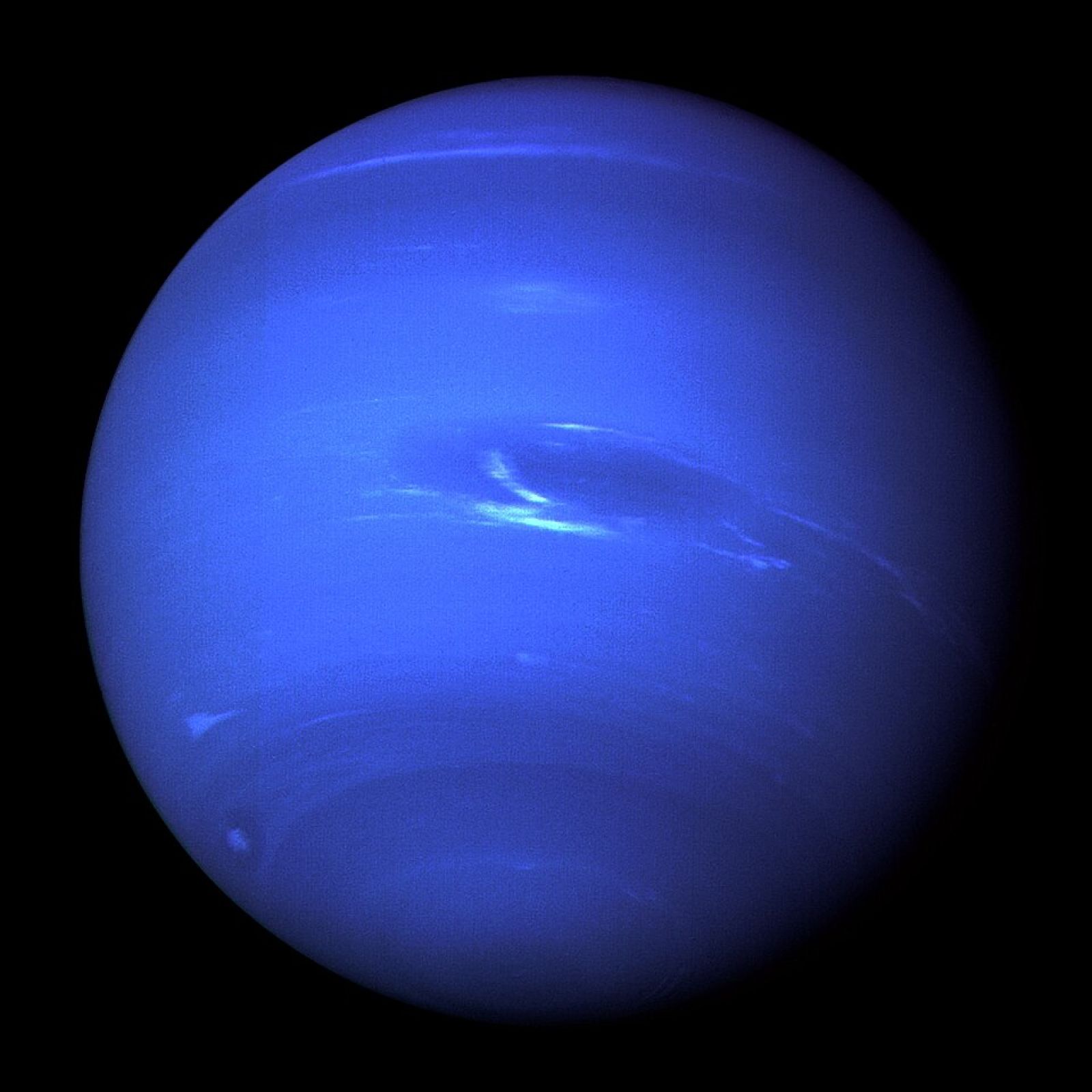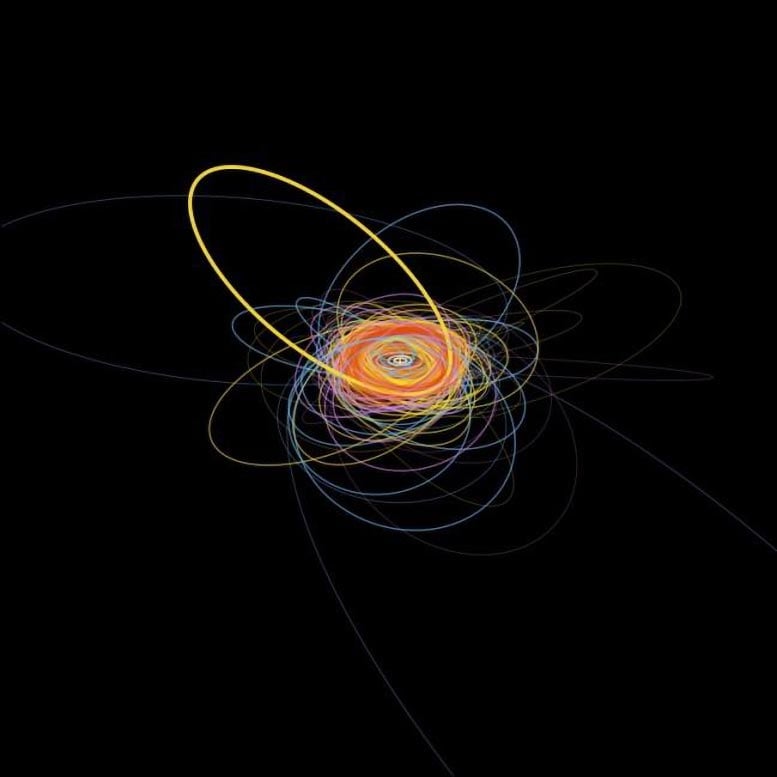🔭 What is this mysterious object, linked to Neptune in an orbit never seen before?
Follow us on Google News (click on ☆)
Discovered by an international team, this object named 2020 VN40 completes one orbit around the Sun for every ten orbits of Neptune. This synchronization, never observed before, suggests a complex gravitational interaction. Researchers are using this discovery to better understand the formation and evolution of distant regions of our stellar system.

Neptune. Image NASA.
The study, published in The Planetary Science Journal, reveals that 2020 VN40 has a highly inclined orbit relative to the plane of the Solar System. Unlike other objects in resonance with Neptune, it approaches the Sun when Neptune is nearby, although the two bodies are not physically close. This unique configuration raises new questions about the gravitational mechanisms at play.
Astronomers used several telescopes, including the Canada-France-Hawaii Telescope, to identify and track 2020 VN40. Their discovery is part of a broader survey of high-inclination objects in the outer Solar System. These observations could reveal other hidden surprises in these distant regions.
The discovery of 2020 VN40 opens new perspectives on the dynamics of the outer Solar System. It shows that objects can be trapped in unexpected orbital configurations by Neptune's gravitational influence. Future observations, particularly with the Vera C. Rubin Observatory, promise to expand our understanding of these phenomena.

The orbit of 2020 VN40 (bold) compared to those of other trans-Neptunian objects and giant planets.
Credit: Rosemary Pike, CfA
What is an orbital resonance?
Orbital resonance occurs when two celestial bodies exert a regular gravitational influence on each other, leading to synchronization of their orbits. This phenomenon is common in the Solar System, such as between Pluto and Neptune.
In the case of 2020 VN40, the resonance is 1:10 with Neptune, meaning it completes one orbit for every ten orbits of Neptune. This type of resonance is rare and provides unique insight into the gravitational forces at play in the distant regions of the Solar System.
Orbital resonances can stabilize the orbits of small bodies or, conversely, make them chaotic. They play a key role in the distribution and evolution of objects in the Solar System.
Understanding these mechanisms helps scientists reconstruct the history of our stellar system and predict the future behavior of celestial objects.
Why is 2020 VN40's orbit so inclined?
The inclined orbit of 2020 VN40 suggests it may have been disturbed by external gravitational forces, possibly during close encounters with other massive objects in the past.
Unlike planets and most trans-Neptunian objects, which orbit in a relatively flat plane, 2020 VN40 follows a highly inclined trajectory. This indicates a dynamic history and possibly a different origin.
High-inclination objects like 2020 VN40 are rare, and their study can reveal valuable information about the initial conditions of the Solar System. They could be remnants of processes that shaped the outer regions.
Future discoveries of similar objects may help determine whether 2020 VN40 is an exception or a representative of a larger, still unknown population.